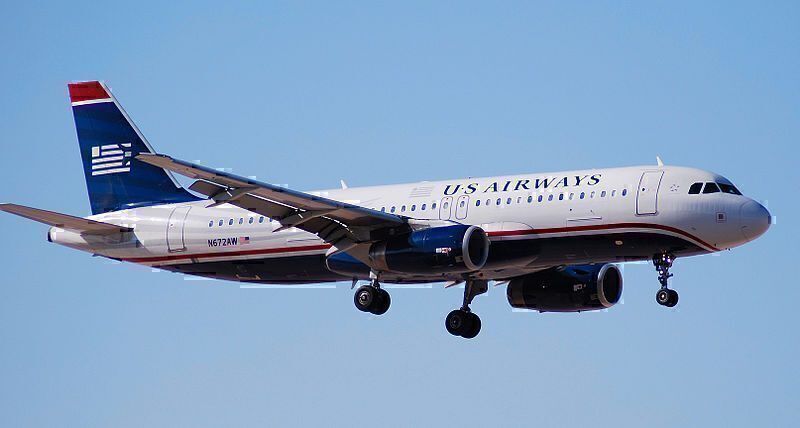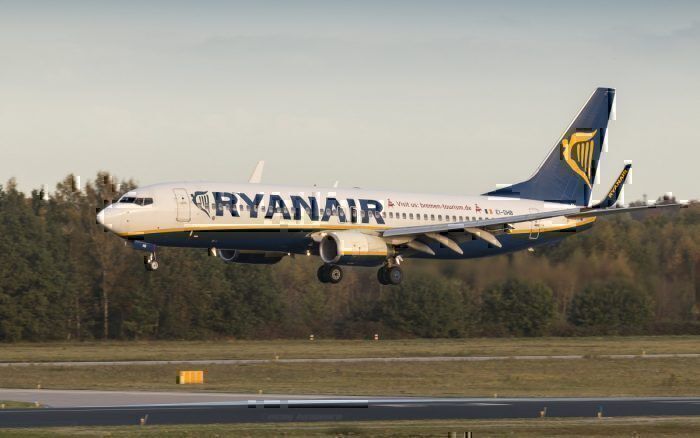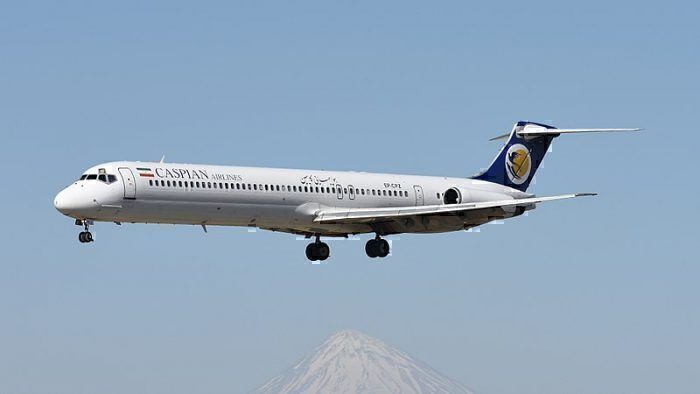Bird strikes and the hazards they present to aviation were immortalised in the 2016 film “Sully”. It tells the story of US Airways flight US1549 in January 2009. After taking off from JFK en route to Charlotte, the A320 struck a flock of birds at approximately 2,800 feet and ended up making a somewhat spectacular landing without serious injury in the Hudson River.
It is estimated that bird strikes cause USD$610 million worth of damage to aircraft each year.
There was also some speculation that a bird strike was involved in an event that ended less well. Following the Ethiopian 737 MAX crash in March 2019, there was initially some speculation that a bird strike had impaired the aircraft’s sensor equipment. That theory was later dismissed.
But the mere fact that it got some traction suggests that bird strikes are a serious event unlike run of the mill incidents such as fuel leaks.
What happens during a bird strike?
Defining a bird strike is fairly self-evident. In aviation parlance, it’s called a BASH (bird aircraft strike hazard). The first recorded BASH was in 1908 when Orville Wright flew too close to a flock of birds and ended up collecting one.
Orville managed to land safely. No such luck for Cal Rogers. In 1912, after barnstorming across the United States, he hit a seagull when doing a demonstration flight in California. It caused his plane to crash and resulted in Cal Roger’s death.
Normally, birds will hit the aircraft’s nose, canopy, wing, or engine - the forward-facing parts of the aircraft. If they hit the windscreen it has been known for the canopy to crack and the cabin to lose pressurization. Just one decent-sized bird can do that. When an engine sucks in several birds, the problems can get worse.
Arguably more problematic is when the birds get ‘ingested’ into an engine. It can disrupt the rotary motion of the fan blades and cause engine failure. While the highest ever birdstrike was recorded at 11,300 metres, most bird strikes occur at low altitudes, when the aircraft is taking off or landing.
Incidents of bird strike
Incidents of bird strike, especially for larger commercial jets, are fairly rare.
Bird strike events have been assiduously recorded since 1912. In 107 years, there have only been 15 fatal incidents involving passenger aircraft and birds. Since 1988, 210 people have been killed as a result of bird strikes. It is calculated that bird strikes cause one fatality per 1,000 million flying hours - still fairly good odds.
While the US AIrways 2009 incident remains the best known, there have been five serious incidents involving bird strikes since 1975.
In 2008, a Ryanair 737-800 aircraft flying from Frankfurt to Rome hit multiple birds while landing. Several crew and passengers were hospitalised and the aircraft was eventually written off.
In 2009, a Caspian Airlines jet flying from Tehran to Yerevan crashed in northwest Iran following a birdstrike that lead to the rotor disc in the left engine disintegrating. 168 passengers and crew died.
In 2017, an Air Asia flight from Medan to Penang had to turn back after ingesting a bird into one of its engines.
While most bird strikes don’t cause injury or death, they are nonetheless serious incidents. It’s made more so by the vagaries of nature - it can be very hard to control where a flock of seagulls fly. Still, as Chesley Sullenberger demonstrated, good training, experience, and a clear head can see a way through even the most dangerous aviation scenario.



